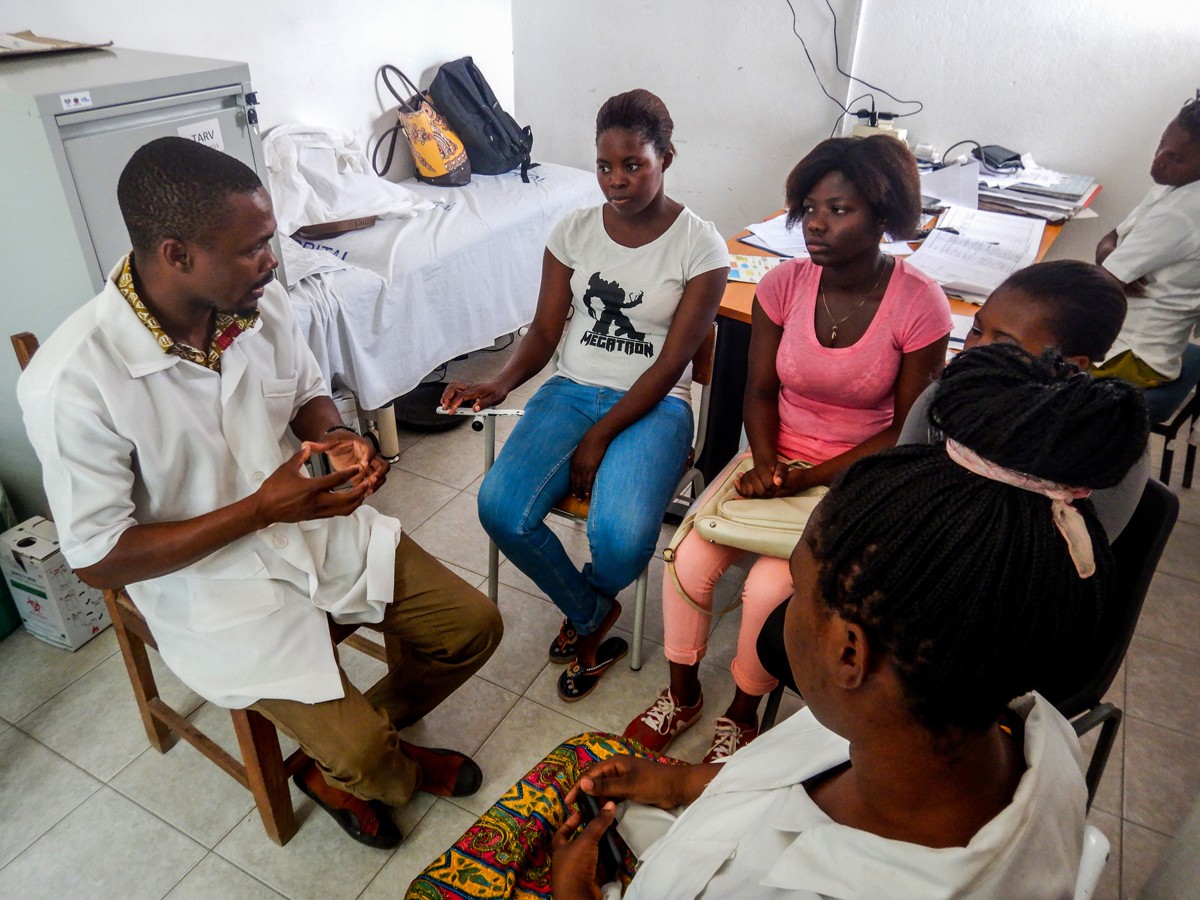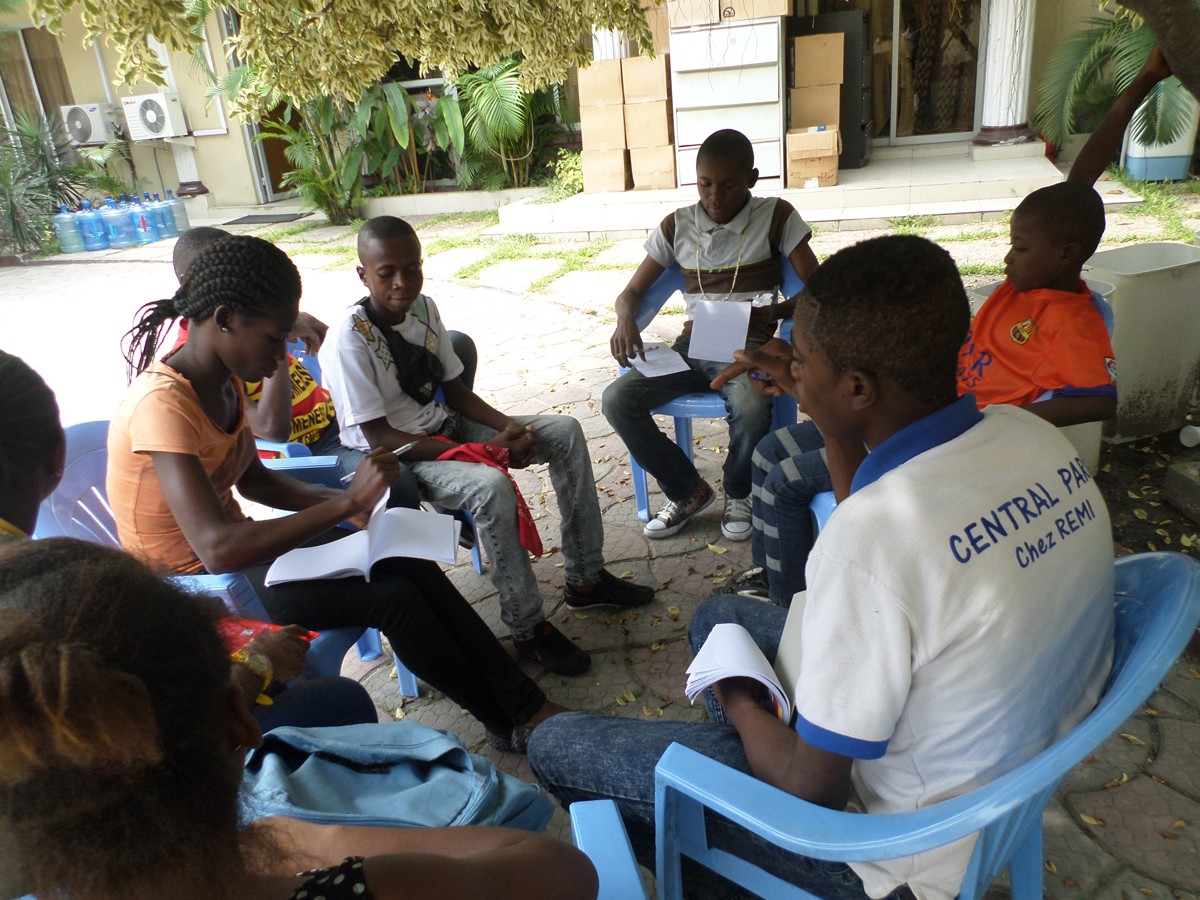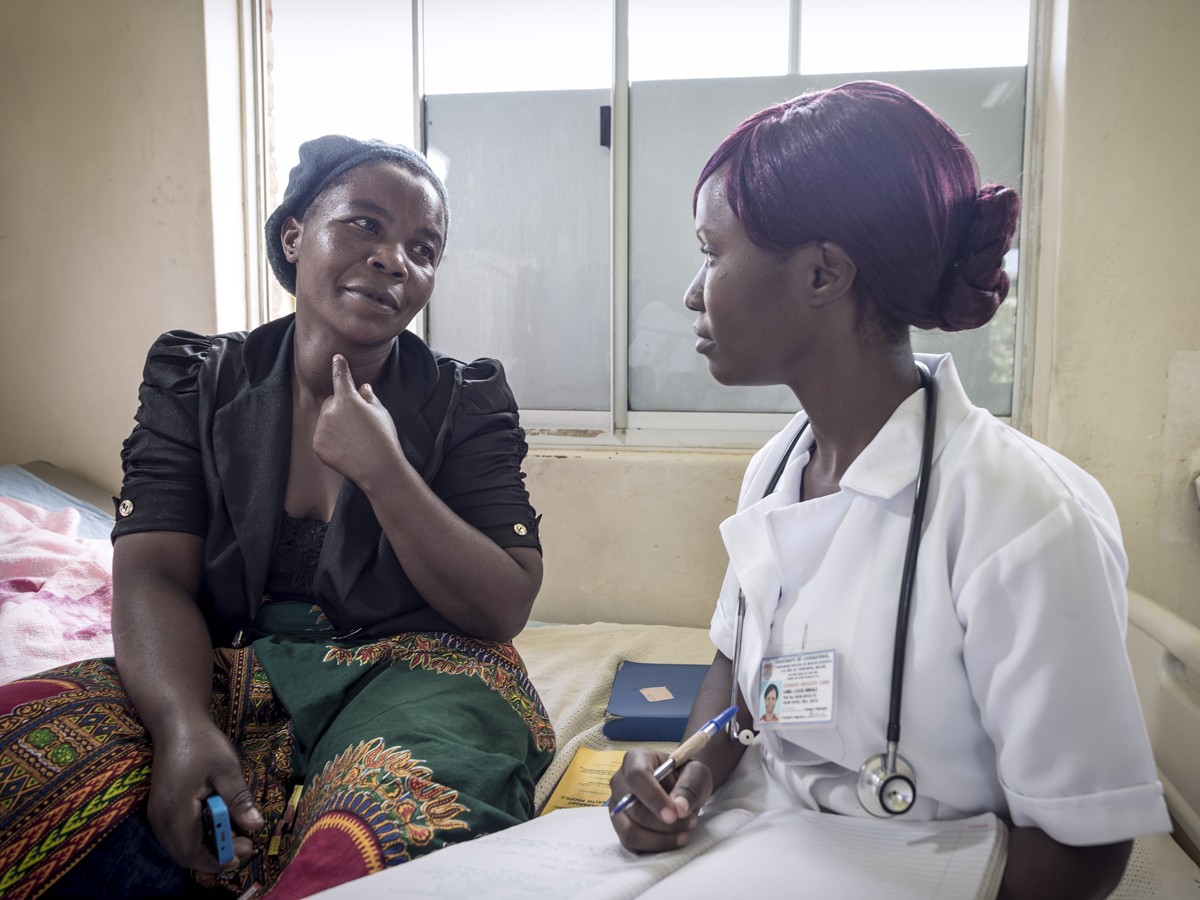Authors:
Abstract:
The United States (US) Centers for Disease Control and Prevention (CDC) recently reported that the estimated number of annual new HIV infections in the US was 12% lower in 2021 compared to 2017. This decline was described by the CDC as evidence of US prevention efforts continuing “to move in the right direction.” However, a closer look at the data paints a less encouraging picture. In 2019, the US launched its Ending the HIV Epidemic Initiative and, with the 2017 rate of 36,500 annual new infections as the baseline, called for an ambitious 75% reduction in new HIV infections by 2025, and a 90% reduction by 2030. At the current pace of a 12% decline every four years, however, the US will report over 20,000 new infections per year in 2030, well over five times its annual target of 3,650.
Why has the US lagged in its HIV response? How might it mobilize to achieve these ambitious goals?








